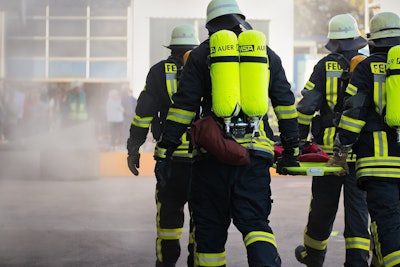
Nico Franz | PIXABAY
Feed manufacturing and grain handling facility managers know that managing combustible dust hazards is one of their key duties. But the prevalence of combustible dust incidents can be a mystery.
Fires and explosions are more common in ag, but injuries and deaths are less than in other industries.
Subscribe to Magazine
Feed manufacturing and grain handling facility managers know that managing combustible dust hazards is one of their key duties. But the prevalence of combustible dust incidents can be a mystery.